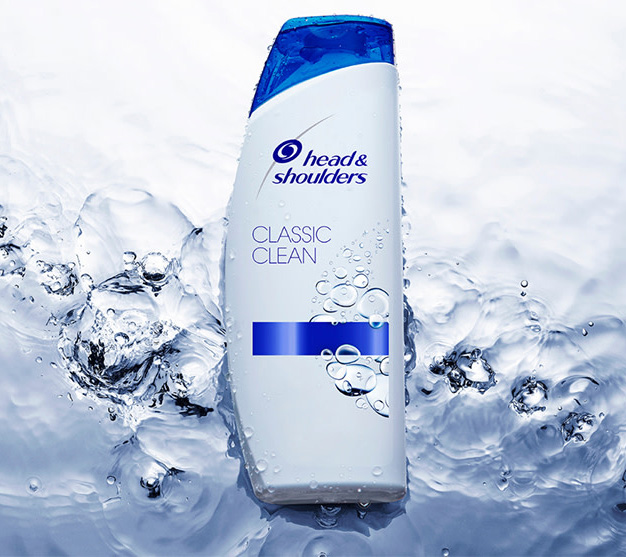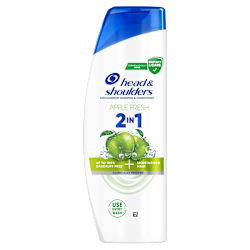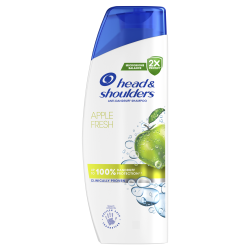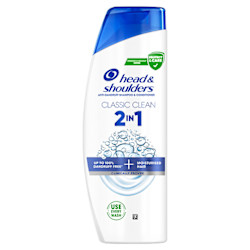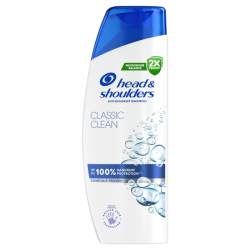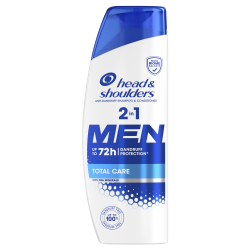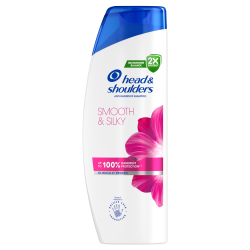Lice vs dandruff: 3 key differences
An itchy scalp and white objects in your hair can mean dandruff, or it might be head lice. Dandruff and head lice may seem similar, but there are a few key differences that can help you tell one from the other.
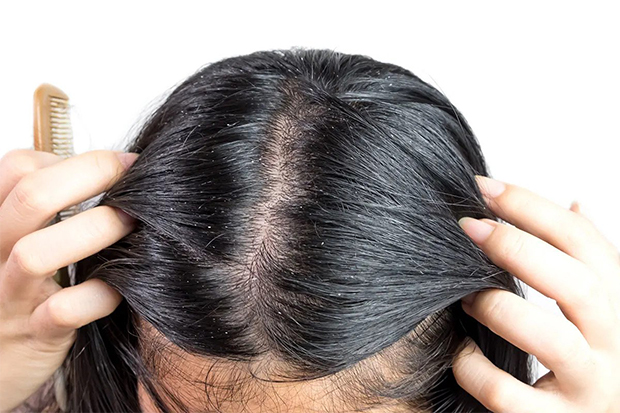
WHAT ARE HEAD LICE?
Head lice are a very different beast to dandruff – literally. These small parasitic creatures (similar to fleas) feed on human blood.
There are a couple of ways to tell if you have head lice:
An itchy scalp
Lice eggs (“nits”) attached to the hair fibre show up as small white bumps on the hair
Head lice tend to congregate behind the ears and on the back of the neck
Red itchy bite marks
Unlike dandruff, head lice cause itching by actually biting you. When they feed on your blood, they secrete saliva that causes a reaction in humans. This is the cause of your itching.
Unfortunately, they’re also a bit more difficult to get rid of.
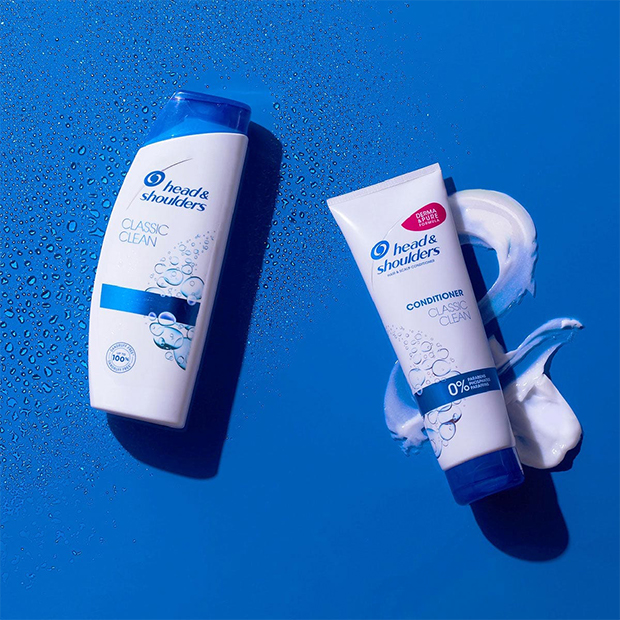
HOW TO SPOT HEAD LICE
Head lice and dandruff share similar symptoms, including an itchy scalp.
Head lice produce eggs called nits, which are a similar colour to dandruff flakes.
How to tell the difference between dandruff and nits:
dandruff flakes will slide easily off hair fibres
nits are adhered to the hair, unlike dandruff flakes
dandruff can be found on the scalp and hair
nits are only found on the hair fibres
dandruff flakes can be a yellowish colour
nits are teardrop-shaped
If you have head lice and nits, you will need to treat your hair with a specially medicated shampoo and manual combing.
IS THERE A LINK BETWEEN DANDRUFF AND HEAD LICE?
Dandruff and head lice seem like they might have a lot in common: itchy head, sensitive scalp and white objects in the hair. But is there a link?
The simple truth is that no, there is no link between dandruff and head lice. Neither influences the other, or is caused by the other.
3 KEY DIFFERENCES BETWEEN HEAD LICE AND DANDRUFF
To make sure you get it right, use our guide to spot the difference.
While they share certain similarities – an itchy scalp being the most obvious – there are key differences that distinguish head lice from dandruff.
Let’s look at three differences you can use to tell them apart.
1. CAUSE
The major difference between these two conditions is their cause. Head lice are small parasitic creatures that feed off human blood. Saliva secreted by lice stimulates the scalp and is the cause of the itchiness and sores that characterize a lice infestation.
Dandruff, on the other hand, is caused by sensitivity to oleic acid. This acid is a by-product of the Malassezia globosa microbe, which we all have on our scalps. Not everyone is sensitive to oleic acid, but in some cases it can lead to discomfort, itching, and flakes.
2. APPEARANCE
While there are similarities, it’s not that hard to spot differences in the way dandruff and head lice look:
The white flakes caused by dandruff are excess skin flakes, and as such will not be attached directly to the hair – by contrast, teardrop-shaped lice eggs are directly adhered to the follicle, often very close to the scalp.
Adult head lice can actually be spotted, although it’s a bit difficult. Use a head lice comb on wet hair under good lighting for the best effect
3. LOCATION
Because Malassezia globosa is distributed across the entire scalp, dandruff is not a localized problem: flaky dandruff patches can be found all over the scalp.
By contrast, head lice have definite preferences for their home. They’ll usually be found behind the ears and on back of the neck, both areas where they like to lay their eggs. Head lice symptoms are usually focused on these areas as well.


